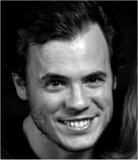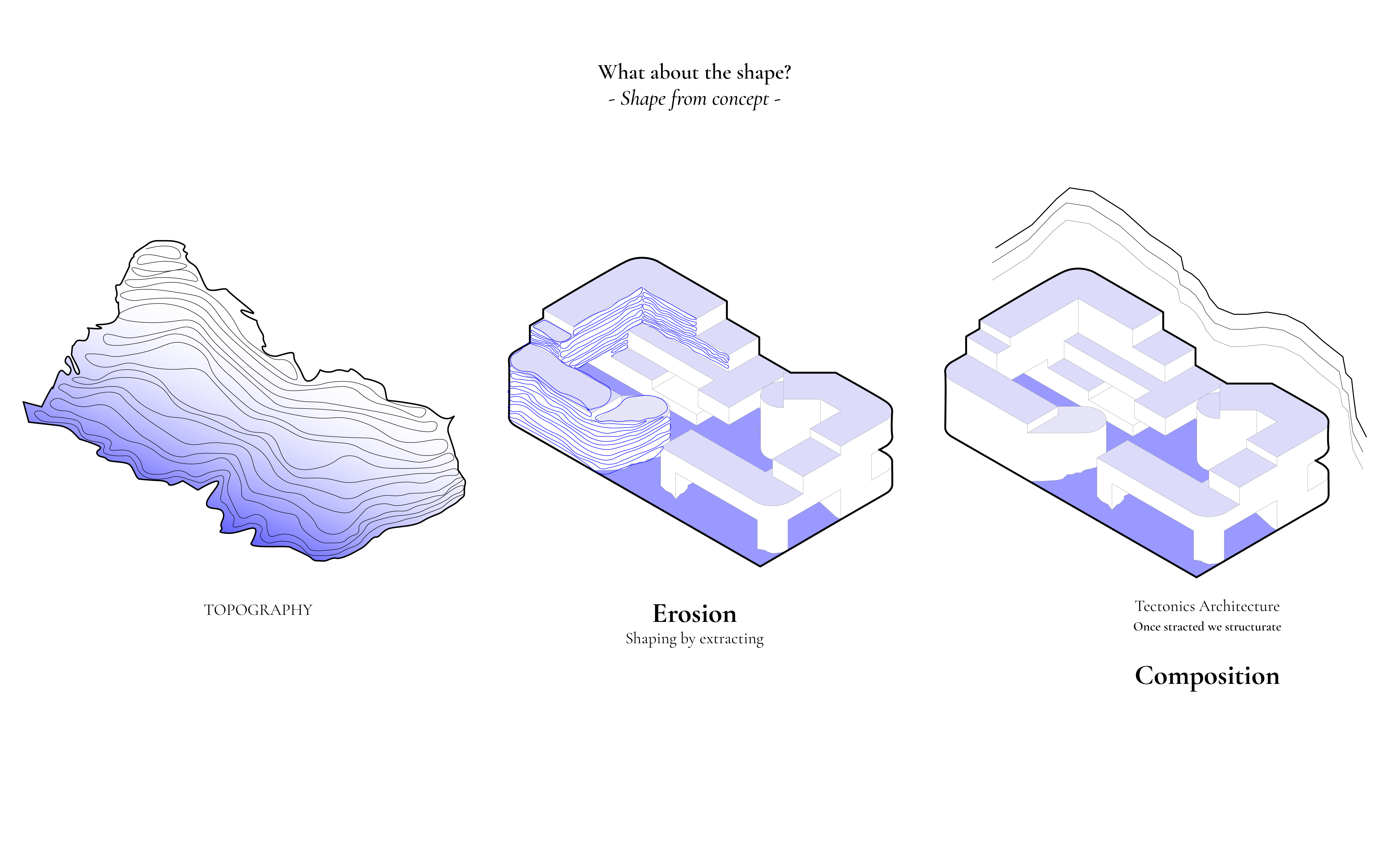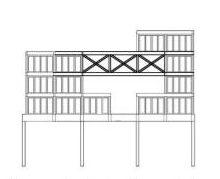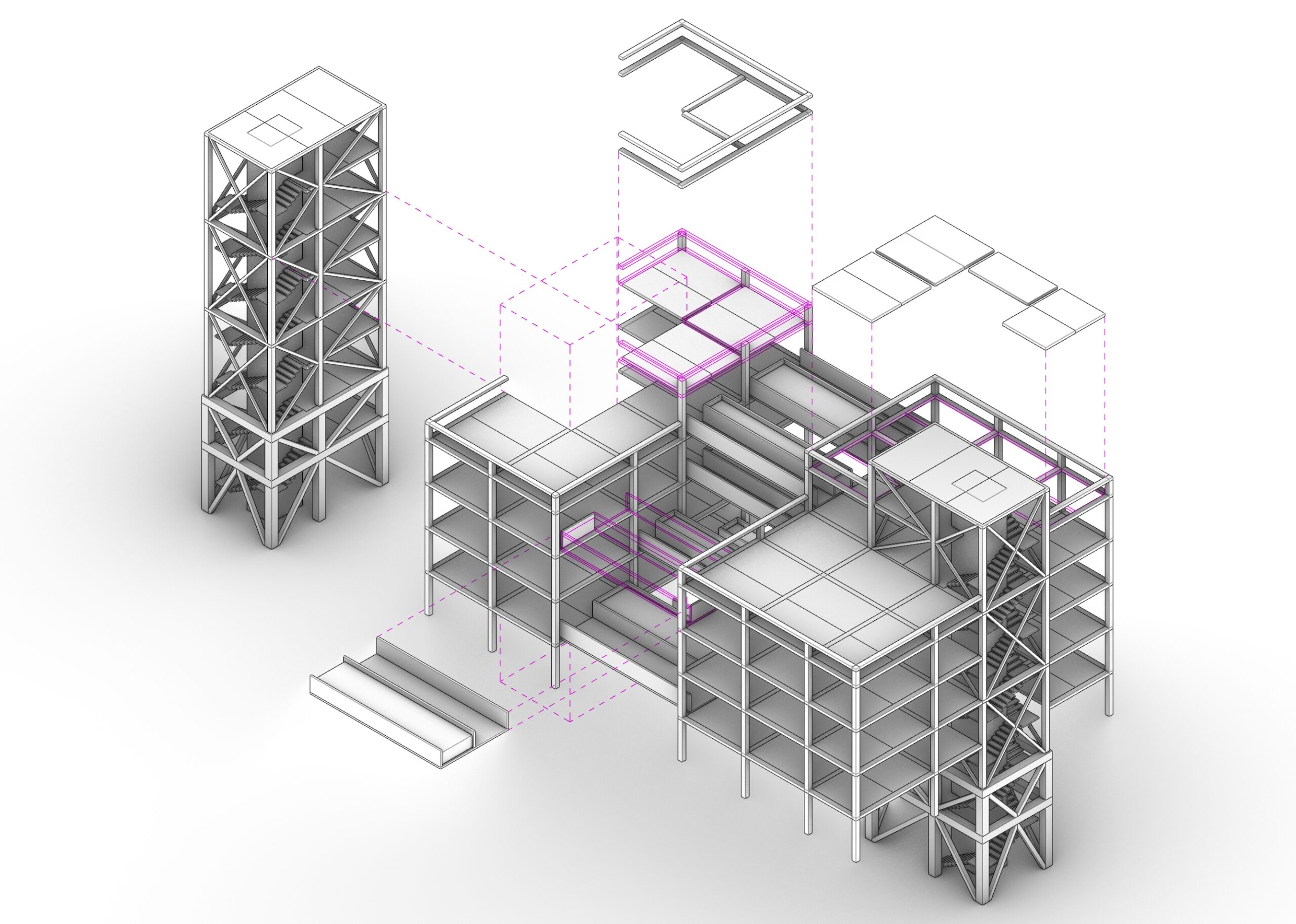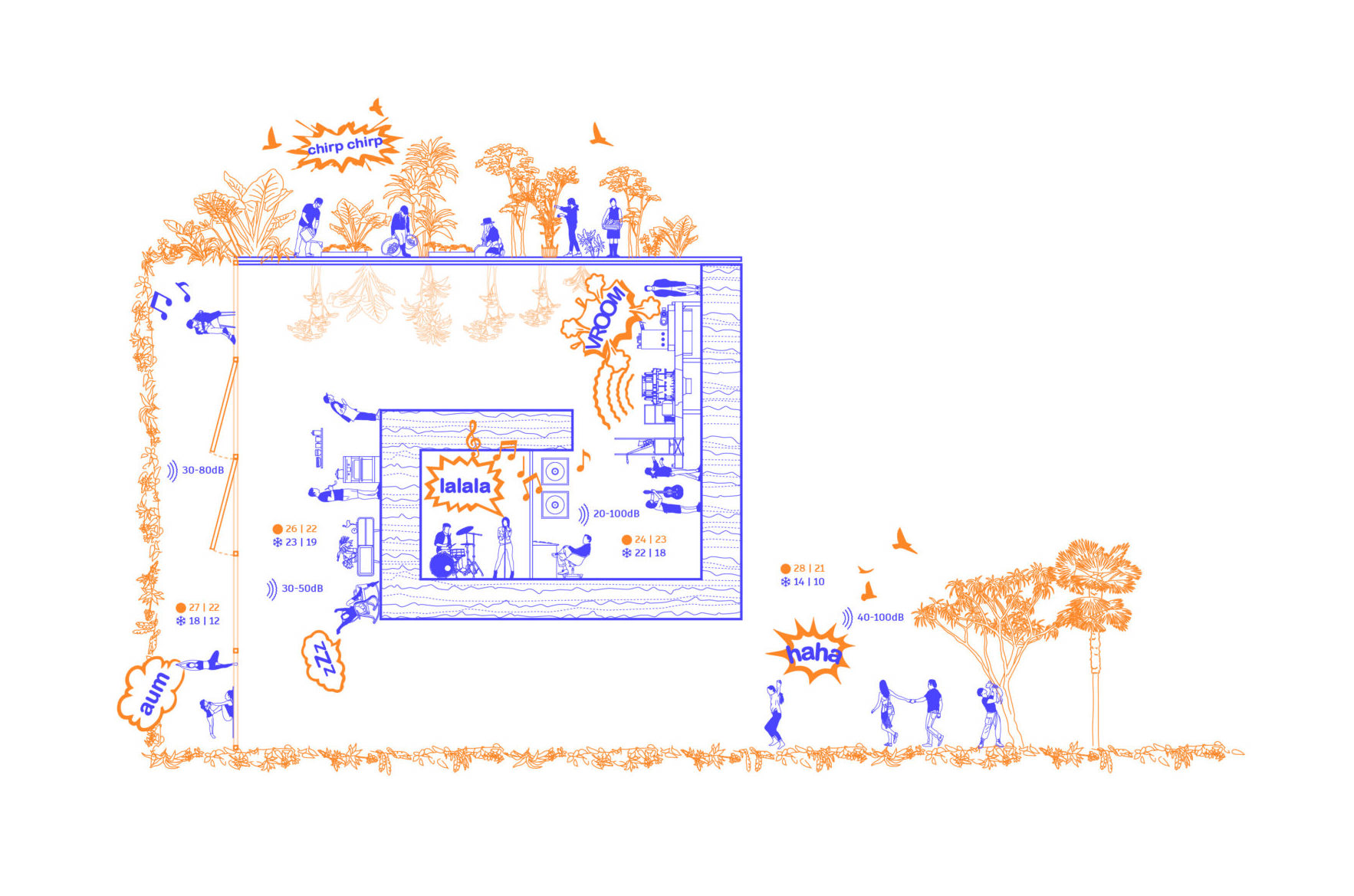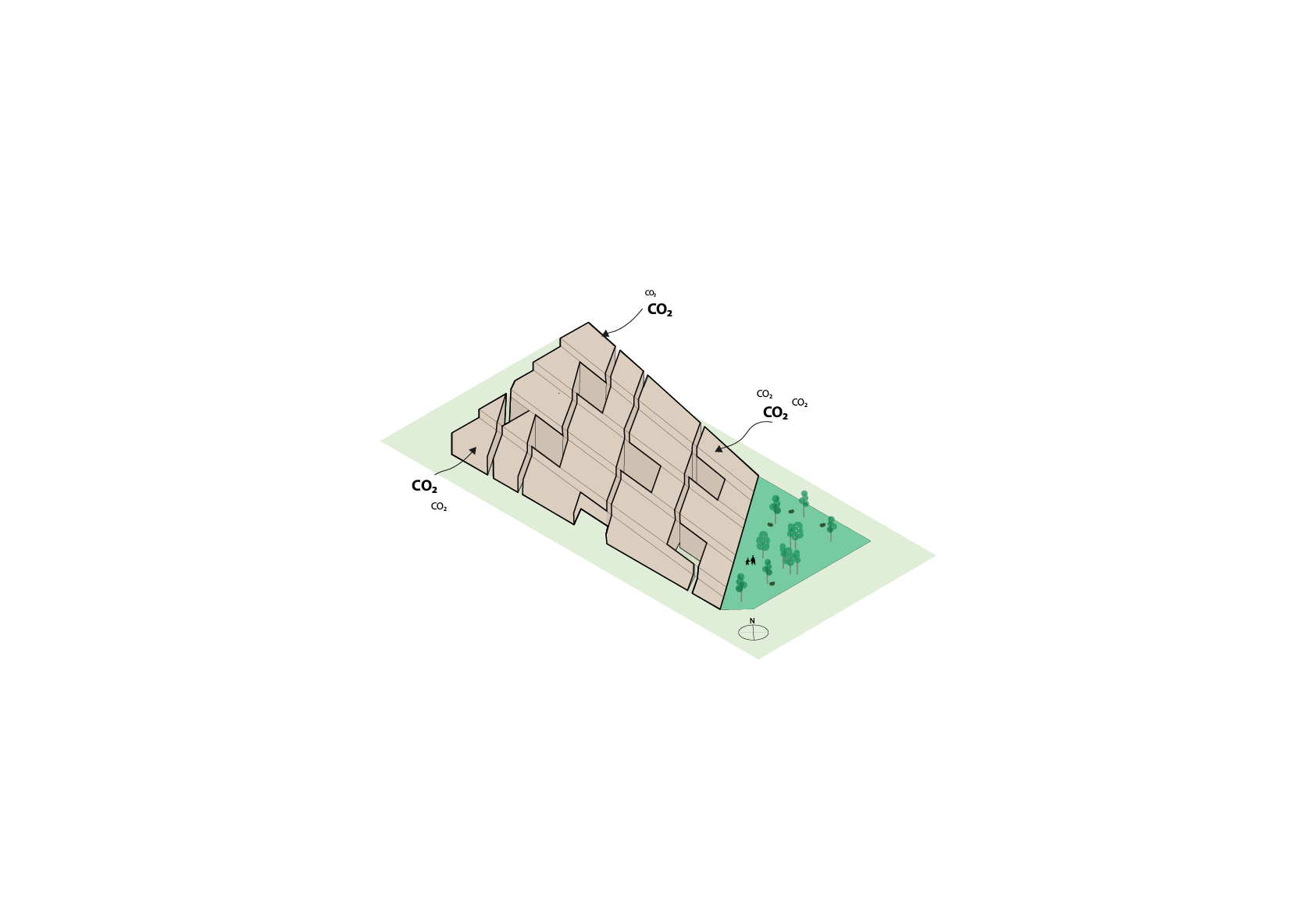When we think on the question of ecology and how it affects the structure of buildings, we like to be inspired by the pioneers of the discipline. Humboldt, Haeckel, Lovelock, and others envisioned the Earth as a huge living organism where organic and inorganic matter were all connected. It is this all-inclusive approach to nature as a network of relationships that we want to build upon.
Thus, we assume that structures are not a separate problem of the building. Structures are not only governed by the laws of physics, either, but they are intimately related with living creatures as to form a whole organism. If in the early 20th Century modernists had to redefine the formal vocabulary and syntax of architecture, then we believe the task of our time is to redesign the roles and relationships of the built environment.
Therefore, structure for us is not only a matter of solving the load-bearing requirements of the building with the minimum amount of matter. It is not only an issue of addressing global agendas by choosing the proper materials (carbon footprint, material life cycles, etc.). Structures belong to a complex ecosystem that should be addressed from a holistic and relational point of view. This idea compels us to design and explore structural systems with the resilience and topological ductility necessary to meet requirements of all kinds, beginning with issues of space, form, and matter, questions of manufacturing, transportation and assembly and concerns even beyond that. Thus, structures will no longer be something we hide or we minimize and then hand over to engineers. In this workshop, we would like to gain new leverage over the issue by assuming that we will make only a few steps of the immense journey ahead of our discipline.


